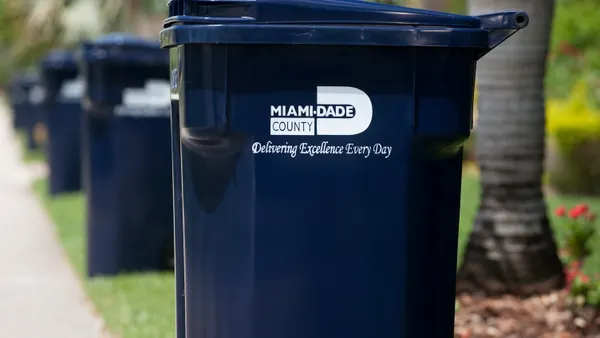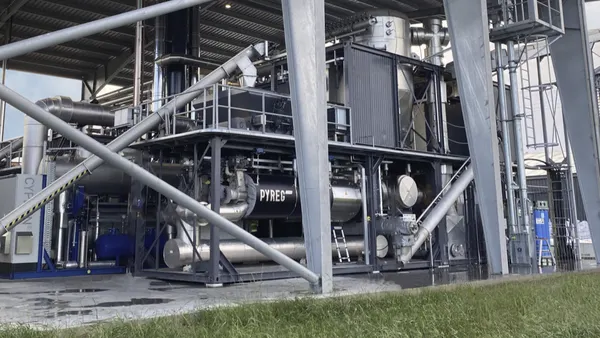Dive Brief:
- Nestlé Waters has opened a new anaerobic digestion facility in Switzerland which is now the country's largest.
- Approximately 3,800 metric tons of organic waste created during the production of Nespresso and Nescafé, along with 25,000 metric tons of manure from local farms, will be treated at the facility.
- Group E Greenwatt financed, built and will operate the facility. It is expected to produce 4,000 megawatt hours of electricity and 4,500 megawatt hours of heat by using the biogas in a cogeneration engine
Dive Insight:
Last year, Nestlé announced that all of its U.S. factories had achieved "zero waste" status by going landfill-free. Like Apple's recent investment into renewable energy from landfill gas, this is yet another way for a major company to burnish its green credentials and move toward a more self-sufficient operation.
The heat generated from the digester will be used in the company's local bottling plant, putting its renewable energy usage above 50%. This switch will account for an estimated 1,750 metric ton reduction in CO2 emissions per year. The residual digestate can also be used as fertilizer at the company's partner farms.
This move toward renewable energy is especially important for Nestlé water division as consumption of bottled water continues to rise year after year. The company announced its first 100% recycled plastic bottle last summer, along with other new sustainability initiatives, following criticism of its water usage in California.









